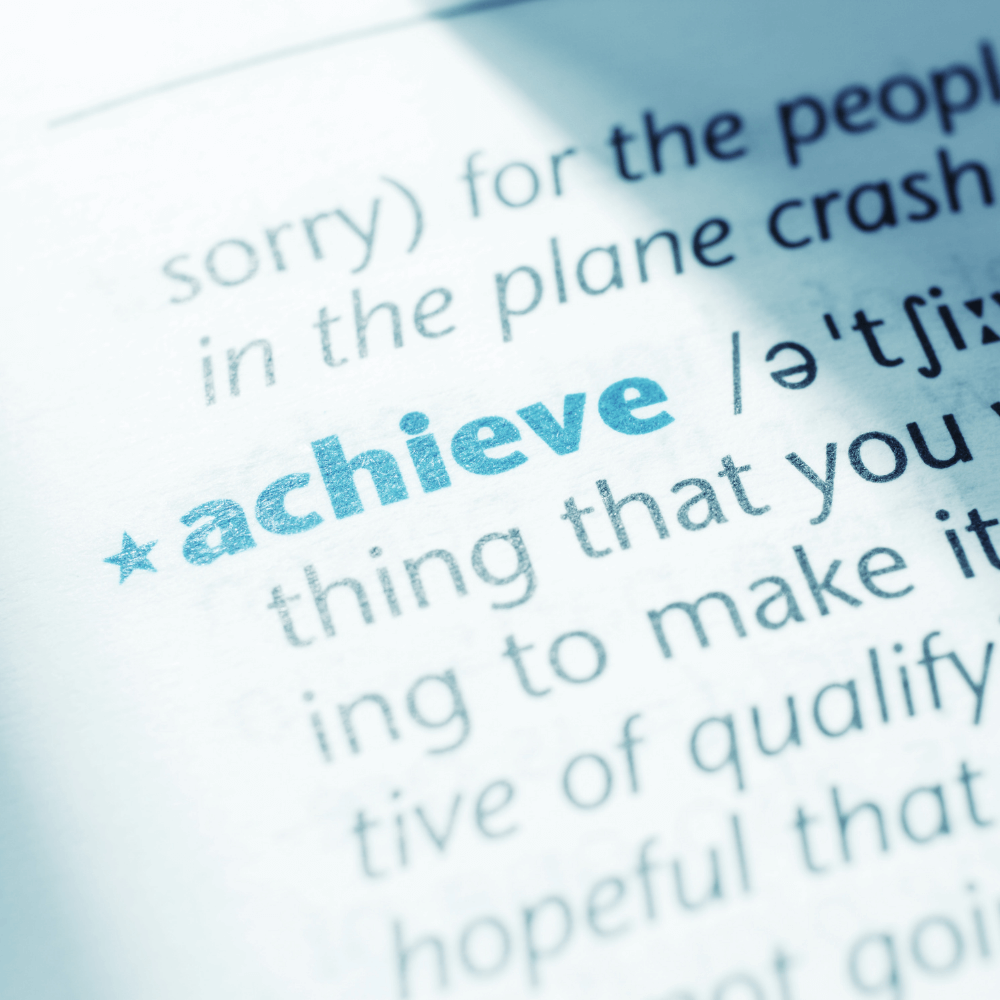
Time is the most important asset we have. Everything can be fixed with time. Fortunes can be earned with time. Problems can be solved with time. Skills can be developed with time…but, unfortunately, time flows continuously in one direction and cannot be reversed or stored for later use. We receive an allocation of 86,400 seconds every day…which expire regardless of how we use them and which are replenished each and every day at midnight.
We use the phrase “time management”, but as you can see, time is not subject to manipulation. So, what do we mean by time management? We actually mean the art and science of making better use of the time we have available.
To use our time better requires us to know what needs to be done and to get those things done in a timely manner. Therefore, time management is actually activities management. Sequencing activities, effective scheduling and discipline combine to make it possible to get an incredible number of things accomplished in a day.
Since it’s unreasonable to expect a plan to work out as designed, managing activities will require the ability to recover from disruptions, avoid distractions and get back on track effectively.
Here are three suggestions to help you improve activities management:
1) Set long-term desired outcomes. This year my exercise goal is to do 50,000 sit-ups. My desired outcome is to have a stronger core. Having a stronger core will improve my posture and give me more stamina. Losing weight or gaining a six-pack are added benefits. I can’t directly control weight loss, but I can control my decisions to put in the work. At the end of the year, my actions will determine whether 50,000 sit-ups were effective at achieving my weight loss goals and then I can adjust. Along the way, if I am consistent, I will begin see benefits…which brings me to suggestion number two.
2) Set short term goals that lead to achieving long term desired outcomes. 50,000 sit-ups seems like a lot until you break it down to 150 sit-ups per day or three sets of 50 per day or five sets of 10 per day. As long as I get 150 sit-ups done per day I am on track to exceed 50,000 for the year…which brings me to suggestion number three.
3) Track. That which gets measured, gets done. I track my sit-ups in a notepad. I write down how many I’ve done each day and tally them at the end of the month. I know there are more sophisticated ways of tracking, but how you track is not important. The fact that you track is critical. Tracking enables me to be flexible in execution. If I miss a day, I haven’t failed. If I take off a month, I can still recover. The game is not done and is not lost or won until the last day of the year.
By managing my activities, I am making effective use of my time. Using this approach for exercise is only one way that I use it. I also use it to achieve professional goals. Whenever I need